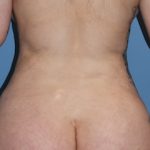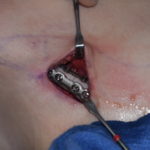The Non-Use Of Nasal Packing After Rhinoplasty Surgery
Rhinoplasty is one of the top five cosmetic procedures of the face in the United States. It is a challenging operation to perform and it is complicated by being intimately involved with the nasal airway. Some nose operations do not involve efforts to improve the airway and are known simply as a rhinoplasty. Other Read More…


